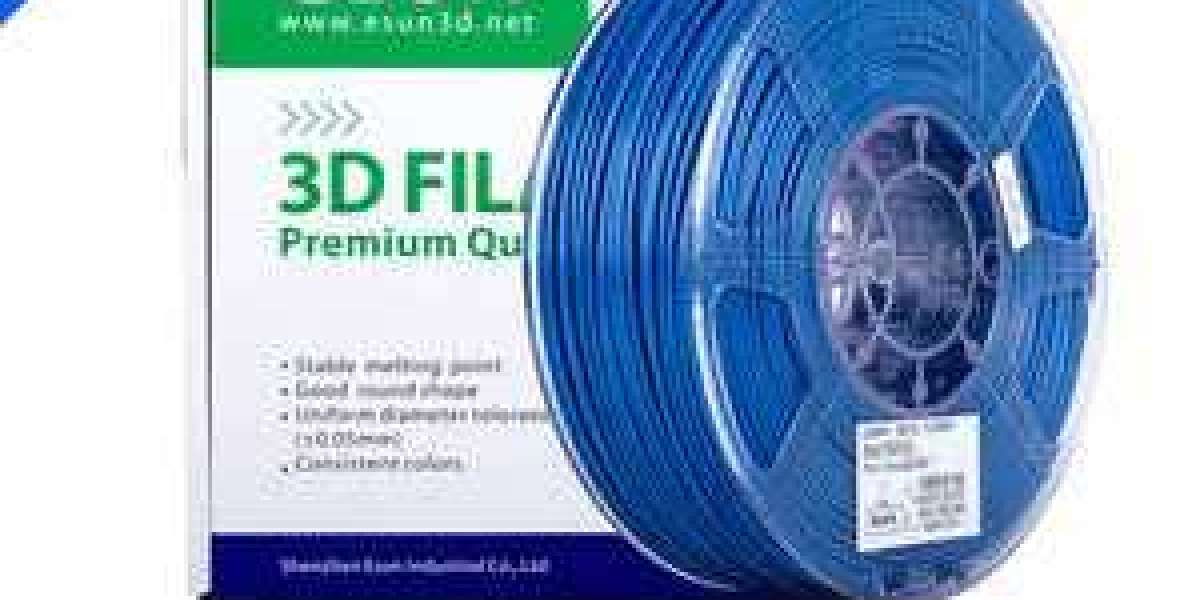In the increasingly mature 3D printing technology today, ABS wire, as a commonly used printing material, is widely favored for its strength, toughness and high temperature resistance. However, in the process of printing with ABS wire, the use of cooling fans often causes discussion and controversy. The correct use of cooling fans can not only improve the printing efficiency, but also ensure the quality of the printed parts.
First of all, we need to understand the characteristics of ABS wire.
ABS (acrylonitrile-butadiene-styrene copolymer) is a thermoplastic with high mechanical strength and good processability. In the 3D printing process, the ABS wire is heated to a molten state, and through the extrusion of the print head, stacked layer by layer to form the final print. Because ABS material is prone to shrinkage during cooling, reasonable control of cooling speed is the key to ensure print quality.
Whether the cooling fan should be turned on when 3D printing ABS wire has been a controversial topic.
On the one hand, the cooling fan can accelerate the cooling and curing of the material, which helps to improve the printing speed; On the other hand, if the cooling speed is too fast, it may lead to an increase in the internal stress of the material, resulting in cracking, deformation and other problems. Especially when printing models of larger or complex structures, excessive cooling rates are more likely to cause these problems.
So, how to use the cooling fan correctly?
First, temperature control is key. When printing ABS wire, it should be ensured that the printing ambient temperature is relatively stable to avoid affecting the printing effect due to excessive fluctuations in ambient temperature. In general, the appropriate temperature for printing ABS filament is between 210 ° C and 250 ° C, when the fluidity of the material and the forming effect are the best. If the printing environment temperature is low, you can properly open the cooling fan, but it should be noted that the wind speed of the fan should not be too high, so as not to cause a local temperature drop. According to the actual case, when a 3D printing enthusiast printed a large ABS model, the cooling fan was not used at the beginning, resulting in serious deformation at the bottom of the model. He then turned off the fan at the beginning of the printing, gradually turned on the fan when the model reached 20% of the height, and adjusted the wind speed to medium, and finally successfully completed the printing, and the quality of the model was significantly improved.
Secondly, the use of fans should be flexibly adjusted according to the complexity and size of the printed model.
For small, simple models, the cooling fan can be turned on appropriately to improve printing efficiency. For large, complex models, it is recommended to turn off the fan at the beginning of printing to ensure stable forming at the bottom of the model. As the printing process progresses, the fan can be gradually turned on and its wind speed adjusted to balance the cooling rate and molding quality. For example, when printing a highly complex ABS model with a height of 150mm, a professional 3D printing team turned off the cooling fan at the beginning of the printing stage, and when the model height reached 50mm, the fan was turned on and the wind speed was set to low speed; When the height of the model reaches 100mm, the wind speed is adjusted to medium speed. Finally, the model was successfully printed with a smooth surface and no obvious defects.
In addition, the pretreatment of materials is also a link that cannot be ignored.
Before using ABS wire for printing, ensure that the material is dry to avoid bubbles, deformation and other problems caused by moisture in the material during the printing process. The ABS wire can be placed in a drying oven and dried for several hours at a temperature of 80 ° C to 90 ° C to ensure that the material is fully dry.
In addition to the use of cooling fans, there are some other tips that can help improve the print quality of ABS wire.
For example, ABS special glue or tape can be used on the printing platform to enhance the adhesion between the model and the printing platform; During the printing process, the printing speed and height are properly adjusted to ensure adequate cooling and curing of each layer.
In summary, the use of cooling fans for ABS wire in 3D printing is a complex problem that needs to consider a variety of factors. The printing quality and efficiency of ABS wire can be effectively improved through reasonable control of printing environment temperature, flexible adjustment of fan wind speed, material pretreatment and other auxiliary skills. With the continuous development and improvement of 3D printing technology, it is believed that there will be more new methods and strategies in the future to provide greater convenience for our creation.



